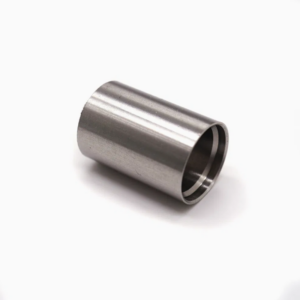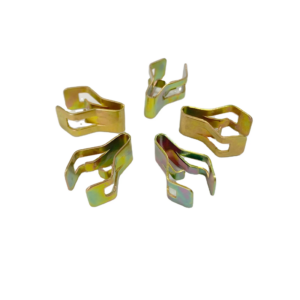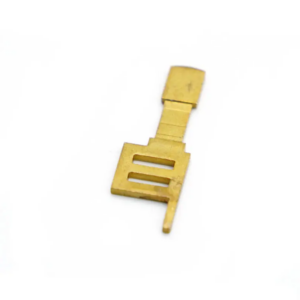Silver electrical contacts, commonly found in switches and relays, play a crucial role in the manufacturing of electronic devices. Renowned for their exceptional conductivity, reliability in connections, and superior switching performance, silver is a preferred material in this domain. This article delves into key aspects of silver electrical contacts, including their assembly and classification, as well as the benefits, types, and applications of silver alloy contacts.
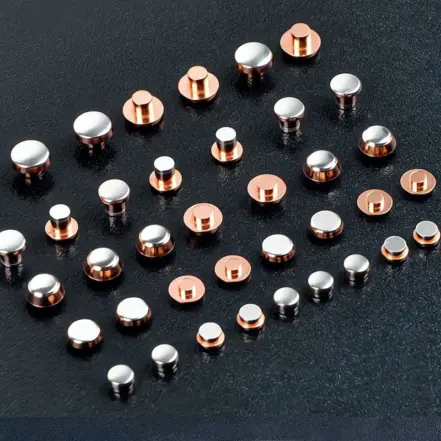
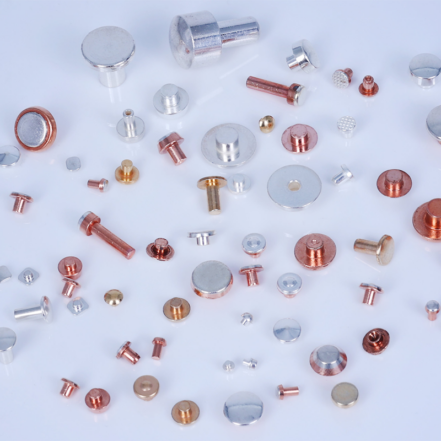
What Are Silver Electrical Contacts?
Silver electrical contacts are conductive elements used in electrical circuits to establish connections between different parts of a device. Typically, these contacts are made from pure silver or silver alloys, as silver offers superior conductivity compared to most other metals. Silver contacts are commonly found in switches, relays, circuit breakers, and other electrical components where reliable connections are critical.

Types of Silver Electrical Contacts
Silver electrical contacts come in various forms and compositions depending on the application. Let’s take a look at the most common types of silver contacts:
1. Silver Alloy Contacts
While pure silver offers excellent conductivity, it can be soft and prone to wear. To enhance its mechanical properties and extend its lifespan, silver is often alloyed with other metals such as copper, palladium, or gold. Some of the most common silver alloys used in electrical contacts include:
- Silver-Copper Alloy: Provides improved strength and hardness while retaining excellent conductivity.
- Silver-Palladium Alloy: Known for high resistance to wear and oxidation, making it suitable for high-temperature environments.
- Silver-Tin Alloy: Often used in applications where higher mechanical strength is needed, such as in industrial relays.
- Silver-Nickel Alloy: Used for contacts that need to perform reliably under high-current and high-voltage conditions.
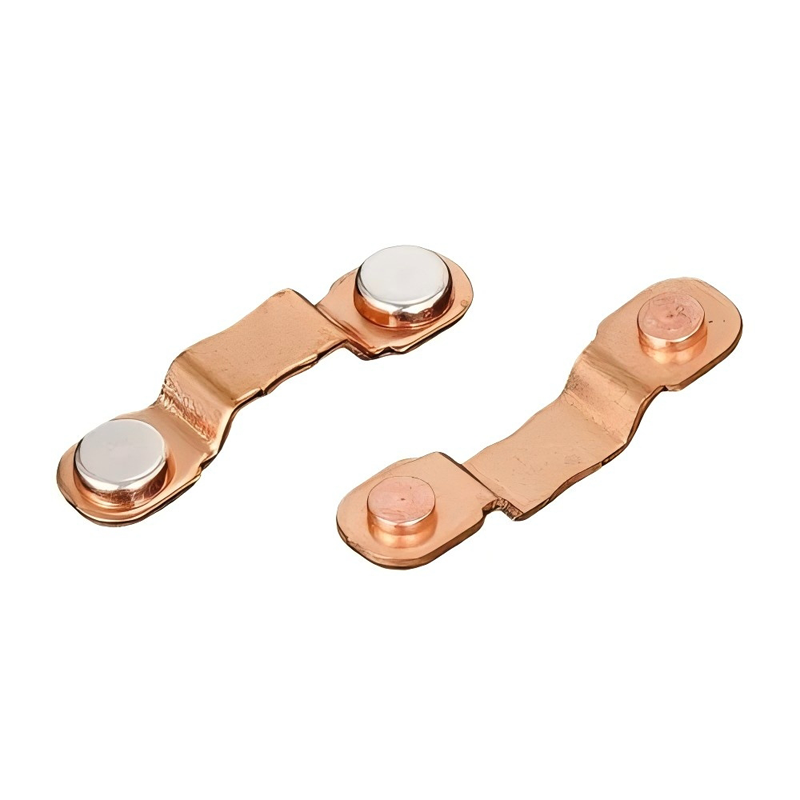
2. Pure Silver Contacts
Pure silver contacts are used in situations where the highest possible electrical conductivity is essential. These contacts are commonly found in low-voltage applications or where minimal resistance is required. They are often used in consumer electronics and low-voltage switches.

3. Silver-Plated Contacts
In some cases, silver is used as a plating over another metal, such as copper or brass, to provide a conductive surface without the expense of using pure silver throughout. This is a cost-effective solution, especially in large-scale manufacturing, where silver plating provides a balance between performance and cost.
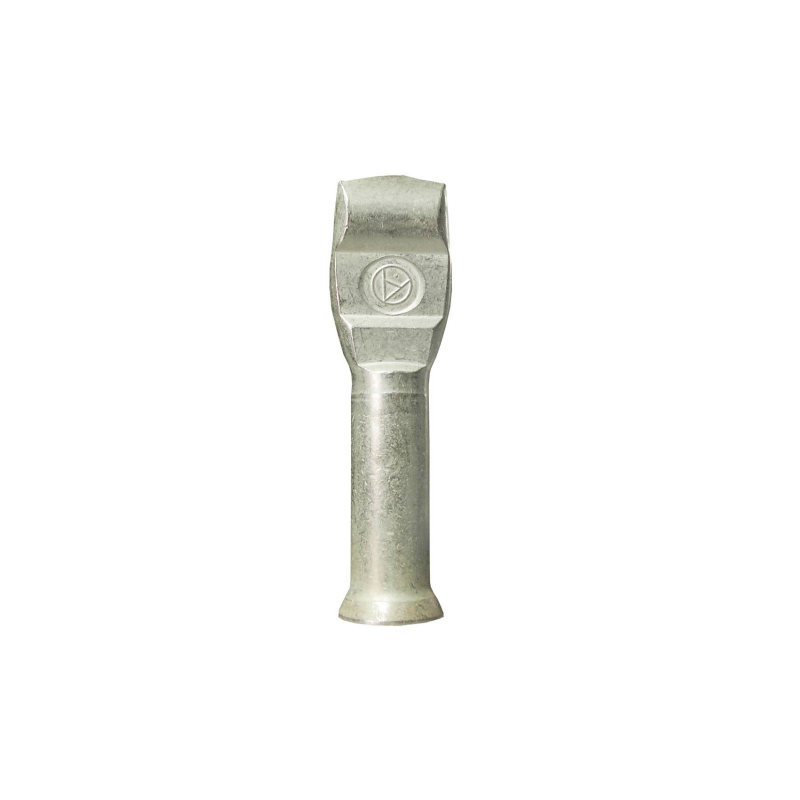
Advantages of Silver Electrical Contacts
– Exceptional Electrical Conductivity: Silver electrical contacts are known for their superior conductivity, enabling efficient current transmission and minimizing energy loss due to resistance.
– Excellent Wear Resistance: These contacts can endure frequent contact and separation cycles without significant wear, ensuring longevity and reducing the need for maintenance.
– Superior Thermal Conductivity: Silver’s high thermal conductivity helps dissipate heat quickly, preventing localized temperature buildup and protecting the contacts from thermal damage.
– Stable Resistance Performance: Silver contacts maintain stable resistance over time, making them ideal for applications where precise and consistent resistance is crucial.
– Corrosion and Oxidation Resistance: Silver’s natural resistance to oxidation ensures long-term stability, preserving the performance of the contacts without the risk of rust or degradation.
– High-Temperature Endurance: Certain types of silver electrical contacts are designed to perform effectively in high-temperature environments, making them suitable for industrial and high-power applications.
– Reliability and Durability: Silver electrical contacts offer reliable and stable connections, contributing to the overall durability and extended lifespan of electronic devices.
Silver Electrical Contacts Applications
Finished silver contacts are generally small and will not be used alone. We usually assemble it with other products to make electronic components. Usually we solder or rivet the silver contacts to the stamped terminals. The main steps are as follows:
- Place the completed silver contacts and the required stamping plates to the raw materials.
- The stamping plate is punched and sheared according to the design pattern through the punch machine.
- The welding machine welds the silver contacts to the stamped plate.
- Carry out subsequent cleaning and inspection.
There are many ways to combine silver contacts and stampings, the main ones being riveting and welding. Riveting uses axial force to thicken the nail rod in the rivet hole of the part and form a nail head. Welding uses high temperatures to join objects together.The finished electronic components are mainly used for switches, relays and more.
Assembly and Manufacturing of Silver Electrical Contacts
The assembly of silver electrical contacts involves several key steps, depending on the type and application. The process typically includes:
- Contact Material Selection: Choosing the appropriate silver alloy based on the required performance characteristics, such as conductivity, strength, and resistance to wear.
- Forming the Contacts: The silver material is shaped into the required form using techniques like stamping, pressing, or molding.
- Plating (if necessary): For some applications, silver is plated onto a base metal to reduce costs while still providing the necessary conductivity and durability.
- Testing and Quality Control: Each contact is tested for its electrical properties, such as resistance and conductivity, to ensure it meets industry standards.
Conclusion
Silver electrical contacts are a critical component in a wide range of industries and applications, thanks to their unparalleled conductivity, durability, and versatility. Whether in simple household switches or complex industrial machinery, silver contacts ensure reliable and efficient performance. By understanding the various types of silver contacts, their advantages, and their applications, manufacturers can make informed choices that optimize performance, reduce wear, and enhance the lifespan of their electrical systems.
Whether you’re designing new devices or maintaining existing ones, silver electrical contacts are an essential part of the modern electronic landscape.

